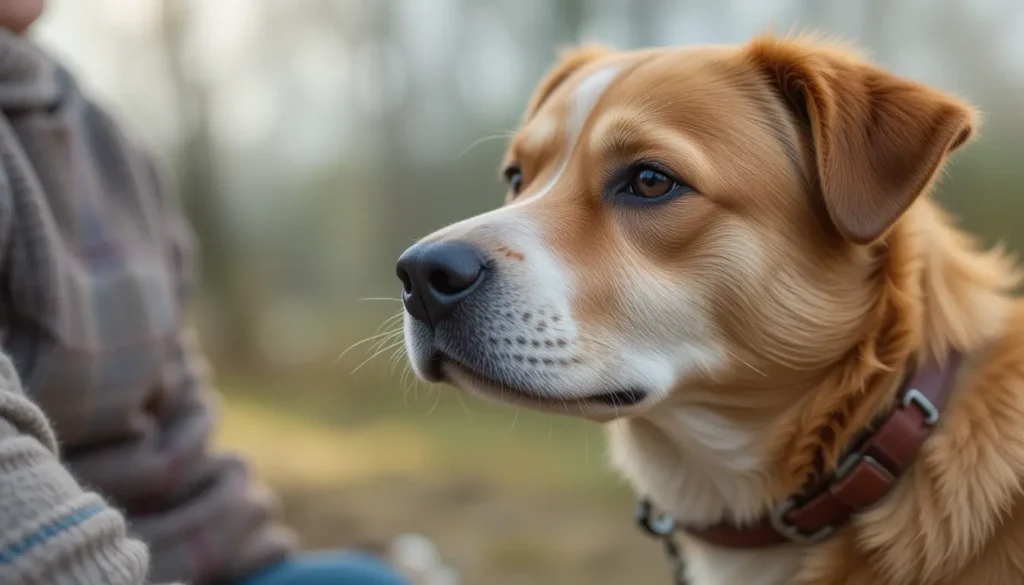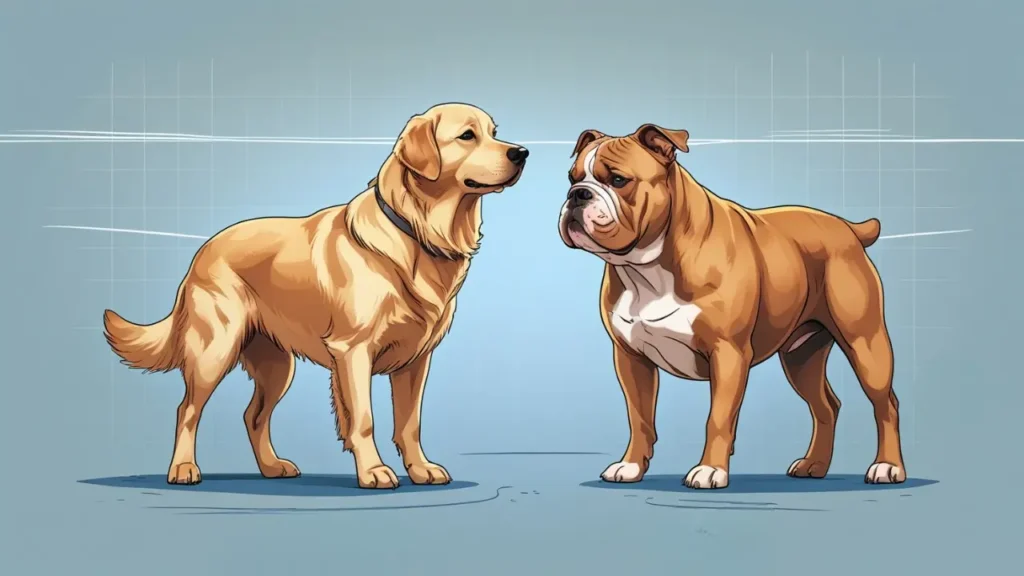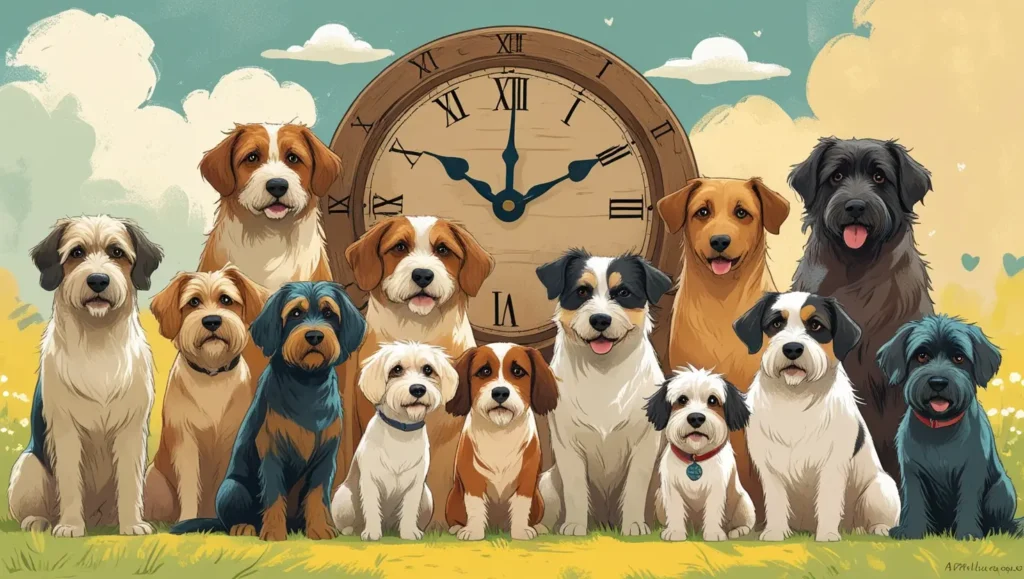You’re standing in your backyard. Treat in hand. Voice calm but firm. You say, “Sit.”
Your dog looks at you. Head tilted. Tail wagging. Then turns around. Sniffs a bush. Walks off.
You try again. Same result.
You’re not imagining it. Some dogs just don’t listen — not because they’re dumb, not because they don’t love you — but because their brains are wired to think for themselves.
This article will show you the dog breeds that top the stubbornness charts. You’ll learn why they act this way. What science says about their minds. And how to train them without losing your mind.
We’ll break down myths. Share real stories. Give you tools that work.
By the end, you won’t see stubbornness as a flaw. You’ll see it as a feature — one you can work with, not against.
Let’s begin.
Why Stubbornness Isn’t What You Think It Is
Most people call a dog “stubborn” when it ignores commands. When it walks the other way. When it stares blankly after you say “come.”
But that’s not stubbornness. That’s independence.
Dogs were bred for jobs. Some to herd sheep. Some to guard homes. Some to pull sleds through snow. Others to track game over miles of rough land.
The dogs that survived those jobs? They weren’t the ones waiting for orders. They were the ones making decisions on their own.
Take the Siberian Husky. Bred to run for hours in freezing cold with no human nearby. If it stopped every five minutes to wait for a command, the sled wouldn’t move. The team would freeze. The job would fail.
So nature — and humans — picked the dogs that kept going. That made choices. That didn’t need constant direction.
That’s not disobedience. That’s problem-solving.
When your Husky ignores you and runs off, it’s not being bad. It’s doing what its ancestors were rewarded for: acting on instinct, not instruction.
Same with the Afghan Hound. Built to chase prey across open land. If it waited for you to say “go,” the rabbit would be gone. So it learned to leap into action — no questions asked.
This trait got locked into their DNA. It passed down through generations. Today’s pet Afghan doesn’t chase rabbits — but its brain still works the same way.
So when you call your dog and it doesn’t come, don’t assume it’s ignoring you. It might be listening to something older. Something deeper. Something wired into its bones.
Stubbornness is not a training problem. It’s a breed trait. And once you understand that, you can stop fighting it — and start working with it.
The Top 5 Most Independent (aka “Stubborn”) Dog Breeds
Let’s name them. No sugarcoating. No soft labels. These are the breeds that will test your patience — and your training skills.
- Afghan Hound
Looks like royalty. Moves like wind. Thinks like a lone wolf.
Afghan Hounds were bred to hunt fast prey over open land. They had to act without waiting. If they paused to check in with the hunter, the prey escaped.
Today, that means your Afghan may hear “sit” — and choose to keep walking. It’s not defiance. It’s focus. Their mind locks onto what interests them — and ignores the rest.
- Basenji
No bark. Just yodels, howls, and silence.
Basenjis come from Africa. Used to hunt in dense forests. They tracked game alone. No human nearby. No commands to follow. Just nose, eyes, and instinct.
They don’t respond well to repetitive drills. They get bored. Fast.
They also clean themselves like cats. Don’t expect them to sit still for long cuddles. They’re on the move — always.
- Shiba Inu
Small. Fluffy. Fierce.
Shibas were bred in Japan to hunt birds and small game in mountains. They worked alone. Made their own choices. Survived by being alert, quick, and independent.
They’re smart. Very smart. But they only obey when they see a reason to.
Say “drop it” when they have a sock? They’ll look at you — then trot away with it. Not to annoy you. To keep what they value.
- Siberian Husky
Built for endurance. Wired for freedom.
Huskies pulled sleds across frozen tundra. Teams ran for hours. The lead dog made decisions. The others followed. No human shouted commands over wind and snow.
Today, your Husky doesn’t see you as a boss. It sees you as part of the pack — maybe even as a teammate. It will follow if it trusts you. Ignore you if it doesn’t.
They also have insane energy. If not burned off, that energy turns into escape attempts, digging, howling, and zoomies at 3 a.m.
- Jack Russell Terrier
Tiny. Loud. Relentless.
Bred to chase foxes into holes. Dig them out. Bark until the hunter arrived.
They don’t stop. Ever. If they want something, they’ll dig, jump, bark, or climb to get it.
They’re not trying to drive you crazy. They’re doing the job they were born for: hunt, chase, conquer.
Why Traditional Training Fails With These Breeds
You’ve tried treats. You’ve tried yelling. You’ve tried ignoring them. Nothing sticks.
Here’s why.
Most training methods assume the dog wants to please you. That’s true for Golden Retrievers. Labradors. Border Collies. They live to make you happy.
Not these breeds.
They don’t care about pleasing you. They care about solving problems. About staying alive. About getting what they want.
If you wave a treat and say “sit,” a Golden will sit — just to see you smile.
A Shiba? It’ll sit — only if the treat is worth more than whatever it’s already doing.
Traditional obedience drills bore them. Repetition frustrates them. Commands feel like noise — not instructions.
They need training that feels like a puzzle. A challenge. A game with a prize at the end.
They need you to speak their language — not force them to speak yours.
Here’s what doesn’t work:
- Long training sessions.
- Repeating the same command over and over.
- Punishment or scolding.
- Expecting instant obedience.
- Assuming they’ll “grow out of it.”
Here’s what does work:
- Short, fun bursts of training — 3 to 5 minutes max.
- Changing the game every few days.
- Letting them win sometimes.
- Using real-life rewards — not just treats. (Access to the yard. A toy. A sniff walk.)
- Building trust before demanding obedience.
You’re not training a robot. You’re negotiating with a thinking, feeling, independent animal.
Stop trying to break their spirit. Start trying to earn their cooperation.
How to Train a “Stubborn” Dog — Without Losing Your Mind
Forget everything you’ve seen on TV.
Forget the “alpha dog” myth. Forget dominance. Forget forcing compliance.
These dogs don’t respond to force. They respond to logic. To fairness. To fun.
Here’s your step-by-step system.
These breeds run on energy. If their body isn’t tired, their brain won’t listen.
Before any training — walk them. Run them. Play fetch. Let them dig. Chase bubbles. Swim. Whatever burns energy.
A tired dog is a thinking dog. A calm dog. A dog that can focus.
Don’t skip this. Ever.
Use rewards they truly want. Not the cheap kibble. Not the boring biscuit.
Real meat. Cheese. Hot dogs. Squeaky toys. Ball throws. Sniff time in the grass.
Find what makes their eyes light up. Use that — and only that — for training.
If they don’t care about the reward, they won’t care about the command.
Three minutes. That’s your max.
Do one trick. Reward. Walk away.
Come back later. Do a different trick. Reward. Walk away.
They get bored fast. Surprise keeps them hooked.
Change locations. Change rewards. Change your tone of voice. Keep their brain guessing.
Yes, you read that right.
If your dog walks away during training — let it.
Chasing it. Yelling. Forcing it back? That kills trust.
Instead, end the session. Try again later. Or try a different game.
They need to feel in control. When they choose to come back? That’s victory.
Didn’t sit all the way? But looked at you? Reward that.
Didn’t come when called? But stopped running? Reward that.
Didn’t drop the sock? But paused? Reward that.
You’re not training obedience. You’re training cooperation.
Every small step forward is progress. Celebrate it.
These dogs test you. They wait to see if you’ll quit. If you’ll get angry. If you’ll give up.
Stay calm. Stay kind. Stay consistent.
They’ll learn you’re safe. You’re fair. You’re worth listening to.
That’s when the magic happens.
The Truth No One Tells You About “Stubborn” Dogs
They’re not broken. They’re not bad. They’re not hard to train — if you train the right way.
What looks like stubbornness is actually intelligence. Independence. Confidence.
These dogs don’t follow blindly. They weigh options. They make choices. They act on instinct — and on logic.
That’s not a flaw. That’s a gift.
A dog that thinks for itself can solve problems you didn’t know existed.
It can find lost items. Alert you to danger. Entertain itself while you work. Keep you on your toes.
It won’t be a robot. It won’t be a shadow. It won’t sit quietly unless it wants to.
But it will be loyal. Clever. Brave. Full of personality.
You don’t need a dog that obeys every command. You need a dog that chooses to listen — because it trusts you.
That’s the real win.
Stop fighting your dog’s nature. Start understanding it.
Work with it. Not against it.
Train smarter — not harder.
Celebrate the quirks. Laugh at the escapes. Reward the tiny steps.
You’ll build something stronger than obedience.
You’ll build partnership.
You don’t have a problem dog. You have a thinking dog. A dog that survived centuries of harsh jobs by making its own choices.
A dog that sees the world differently — and that’s a good thing. Train it with respect. With fun. With patience.
It won’t become a different dog. It shouldn’t. It will become a better partner. One that listens — not because it has to — but because it wants to.
That’s the goal. Not blind obedience. Willing cooperation. That’s what these breeds offer — if you know how to ask.
So next time your dog ignores you? Don’t get mad. Get curious.
Ask: What does it want? What’s distracting it? What reward would make it choose me?
Then adjust. Try again. Celebrate the win — no matter how small. You’re not failing.
You’re learning. And so is your dog. Together, you’ll figure it out. One stubborn, brilliant step at a time.




